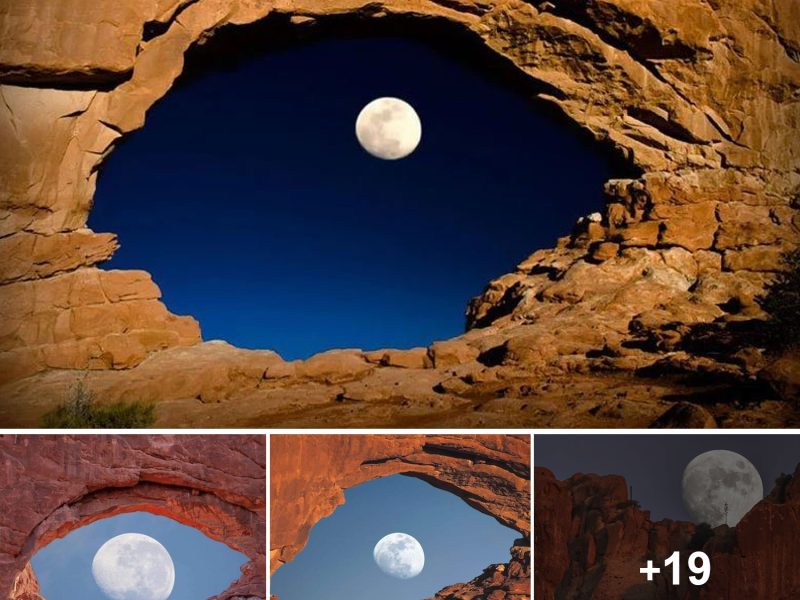Honey hunting is one of the many activities that form a vital part of the ancient culture of numerous civilizations. Scientists have estimated through rock painting documentation that honey hunting was practiced as far back as 13 000 BC. In Nepal, honey hunting has been practiced for thousands of years and is a vital part of the Nepali culture. Honey is an amazing food source due to the fact that it never spoils.

Andrew Newey, an award-winning UK-based travel photographer, has captured gripping photographs of central Nepalese Gurung tribe members engaged in a dangerous and ancient tradition – honey hunting.
Twice a year, the Gurung honey hunters ascend to the base of cliffs in central Nepal and ascend them to collect honey. Many villagers in Nepal depend on honey hunting for their livelihood. Nepal is home to the Apis laboriosa, which is the largest honeybee on the planet!
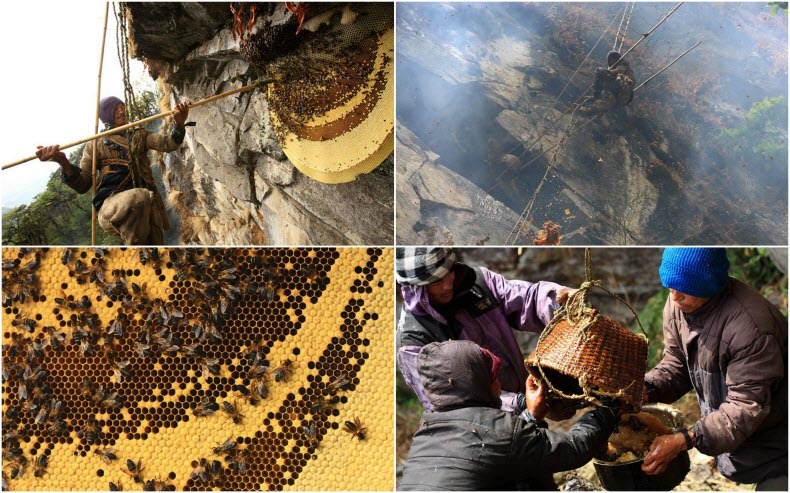
These honeybees construct their hives on the high cliffs of the country’s foothills, and watching the honey hunters at work is a sight to be seen.

Due to the location of the beehives, honey hunters make use of hand-made rope ladders and woven baskets to get to the honey combs after the bees have been flushed out with smoke by lighting green branches on fire underneath the hives.
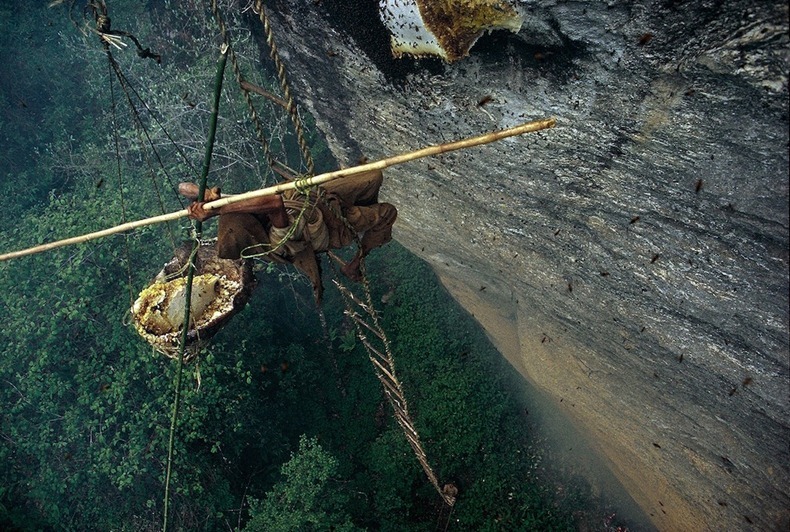
The honey harvest usually takes place twice a year. Honey hunters gather together and head into the Himalayas to take on this massive task.
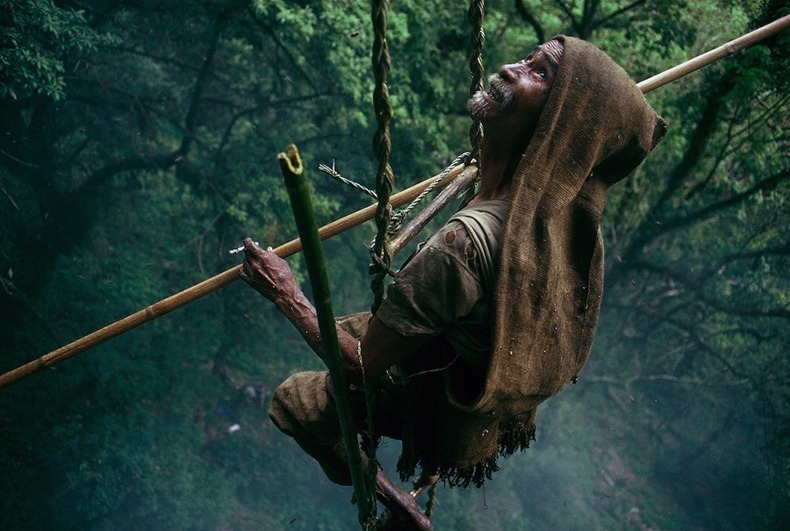
To harvest one colony takes the honey hunters two to three hours depending on the location of the hive and its size.

The harvest ritual which varies slightly from village to village, begins with a prayer and sacrifice of flowers, fruits, and rice.
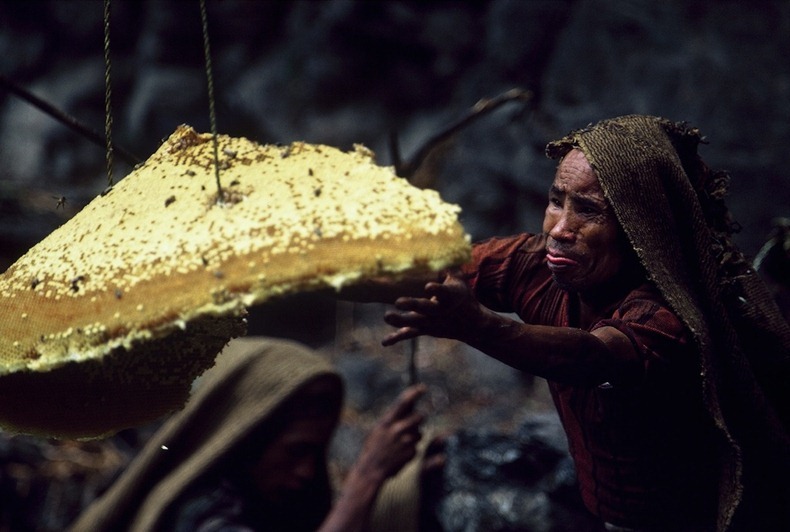
Then a fire is lit at the base of the cliff to smoke the bees out from their honeycombs.

From above, a honey hunter descends the cliff harnessed to a ladder hand-made with ropes.
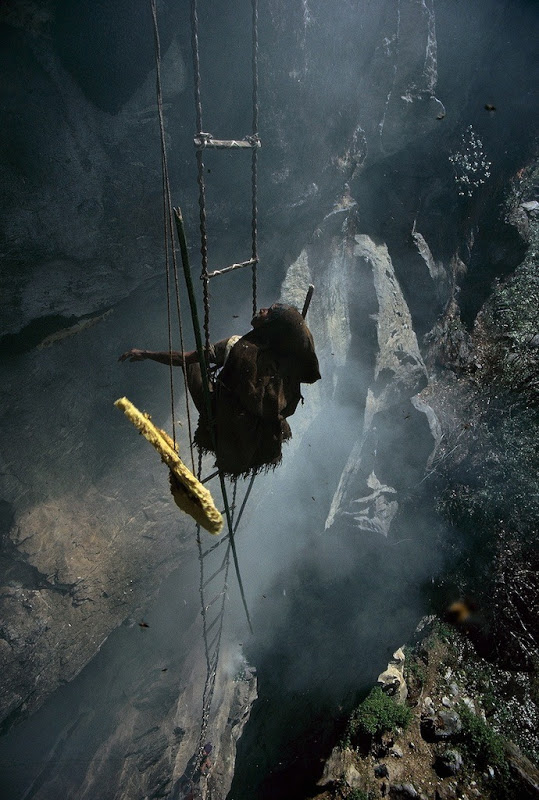
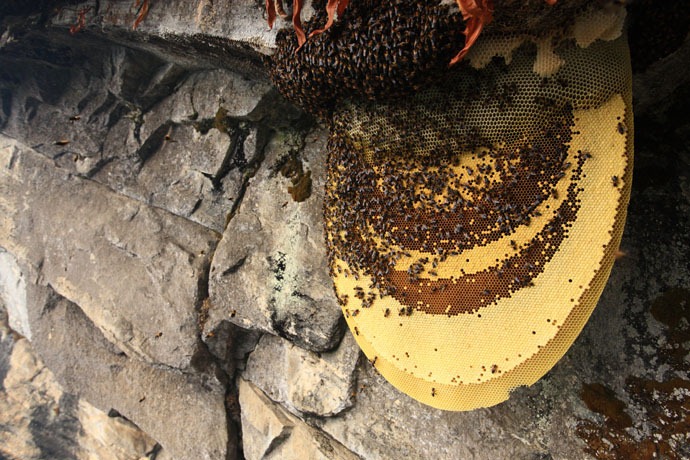
As his mates secure the rope and ladder from the top and ferry tools up and down as required, the honey hunter fearlessly fights territorial bees as he cuts out chunks of honey from the comb.
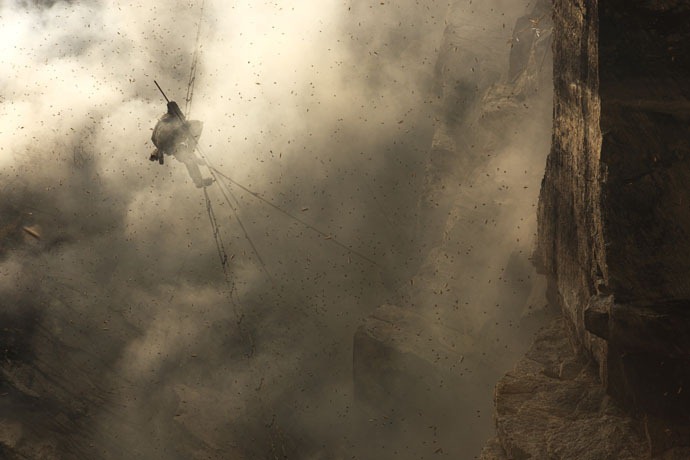
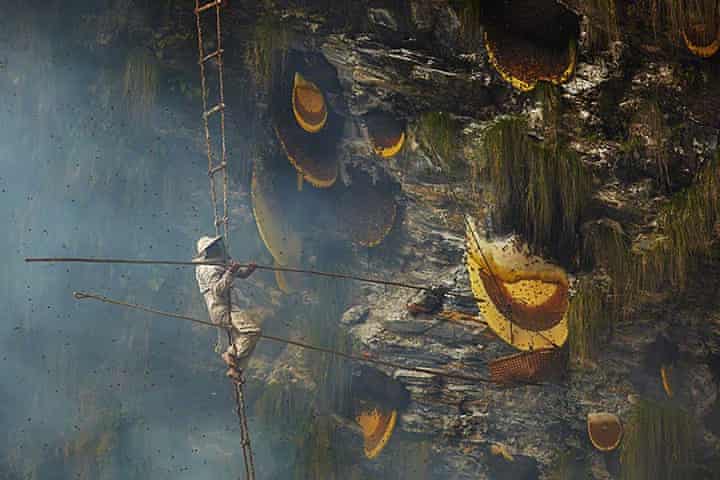
There are a number of tour operators that offer visitors honey hunting tours, taking them to various locations to witness the entire harvesting procedure.
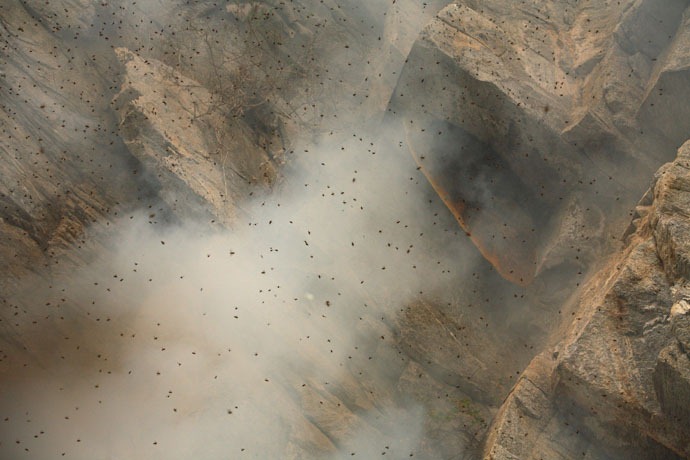
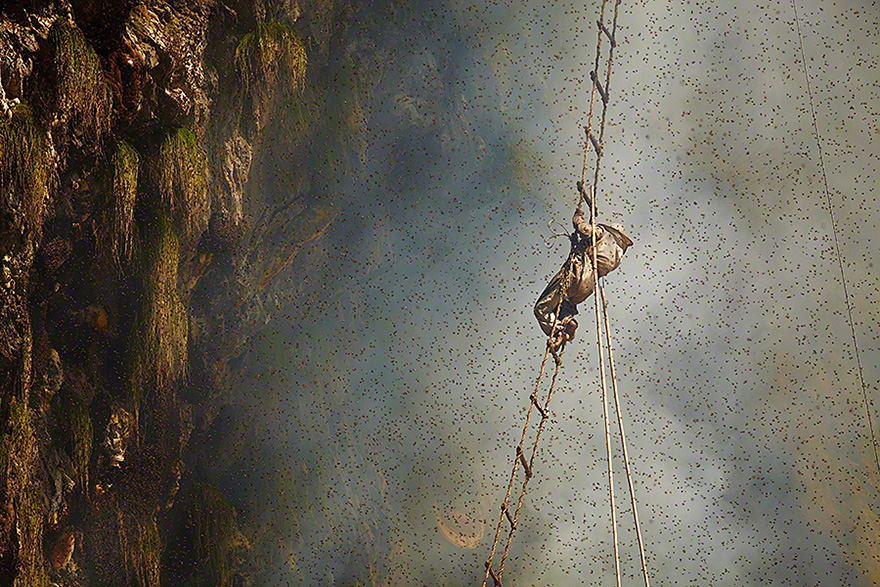
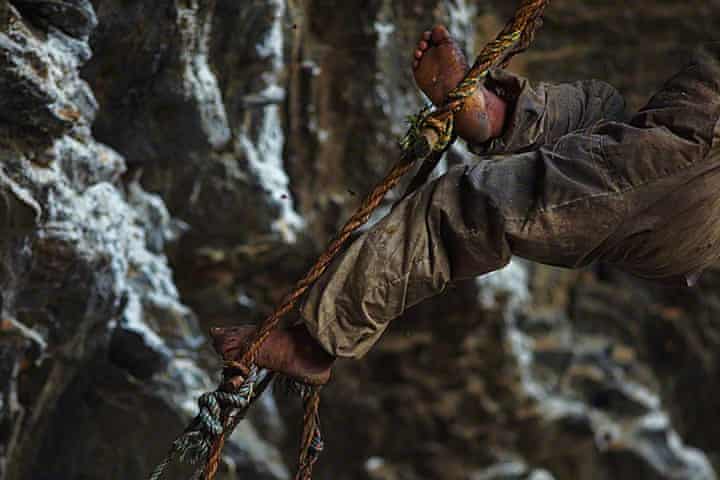
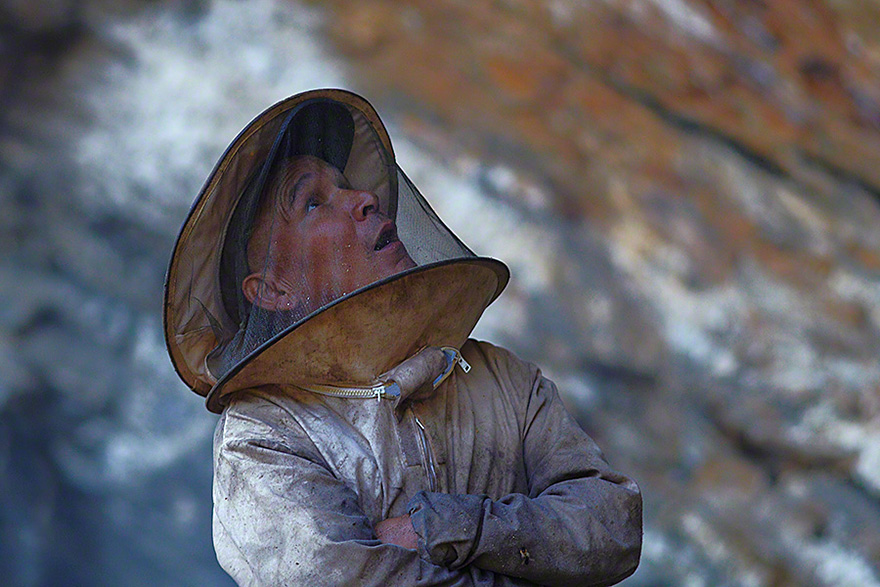
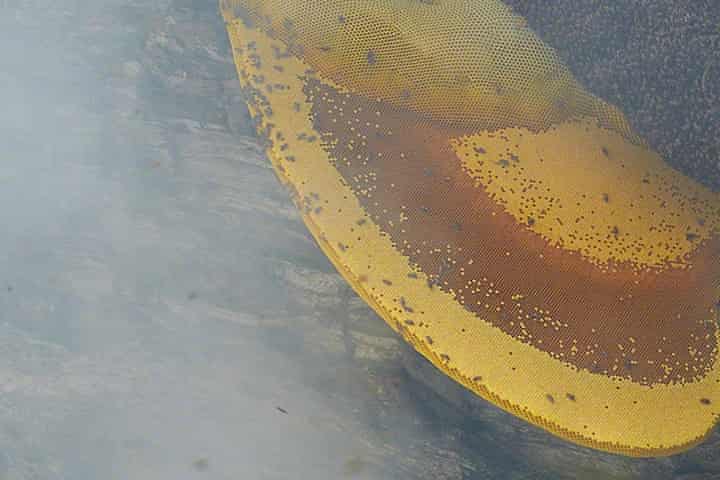
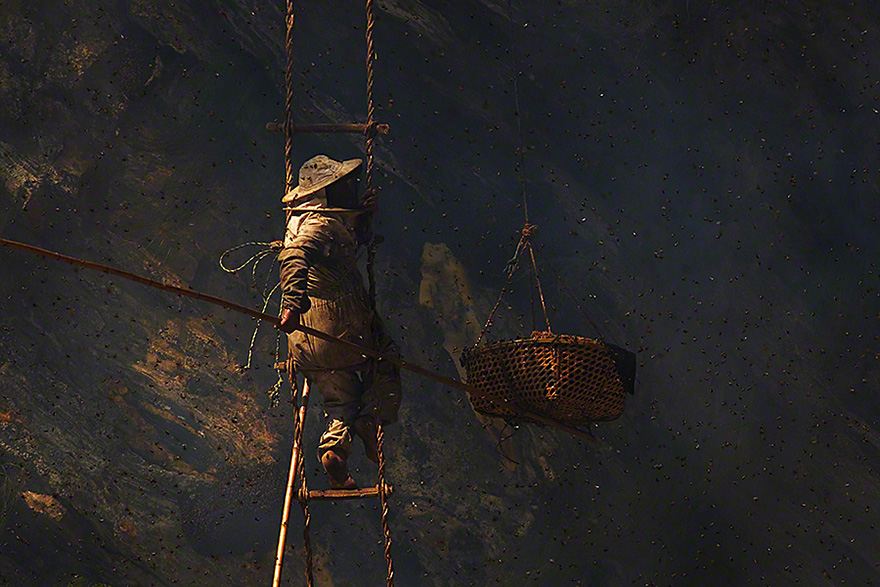
The trekking routes to and from the honey bee hives offer breathtaking scenery, allowing visitors to take in the beauty and magnificence of the Nepali landscape, culture and wildlife.
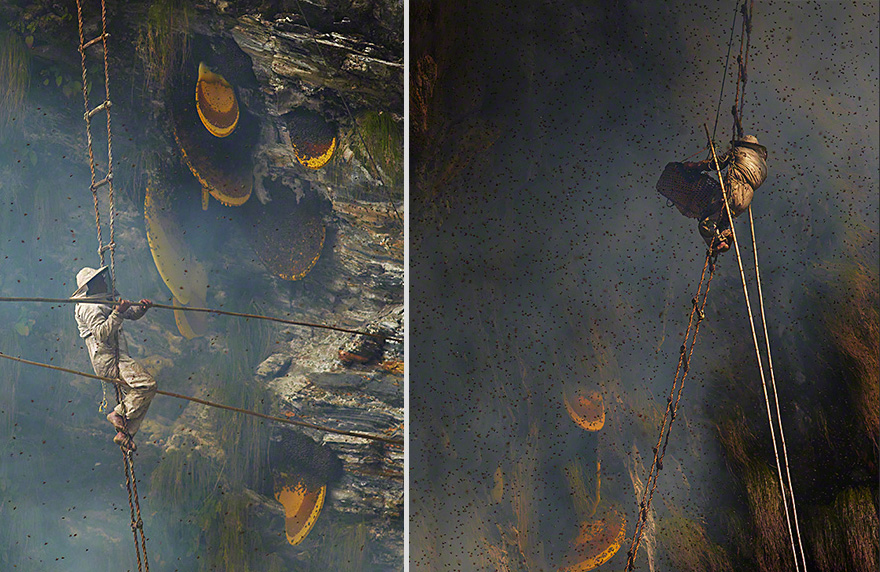
The most popular honey hunting destinations are located in Bhujung, Nai Chi, Pasgaon, Naya Gaun, Ludhi and Dare.
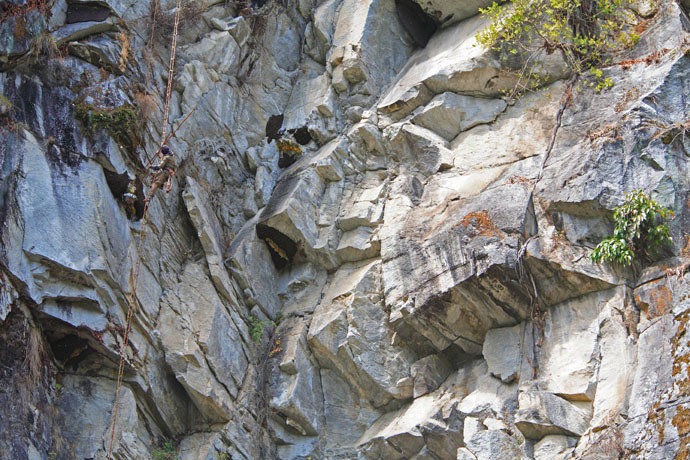
Tourists will be blown away at the speed and courage of the honey hunters, who hang hundreds of feet from the cliffs just to feed their families, and marvel at the ancient techniques that are still in use today.
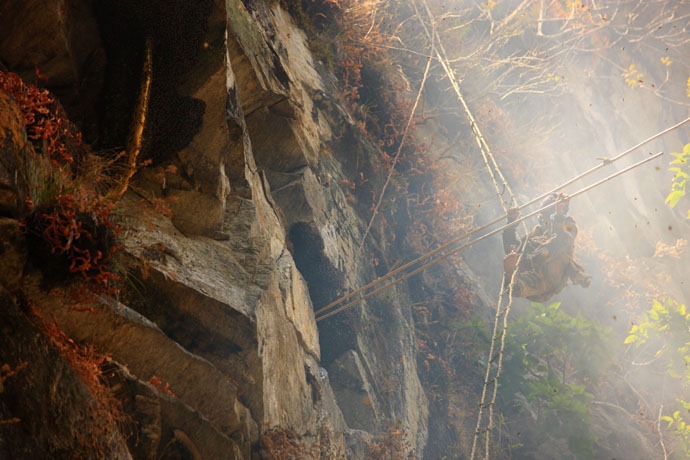
As you can see, this can be a very dangerous job.
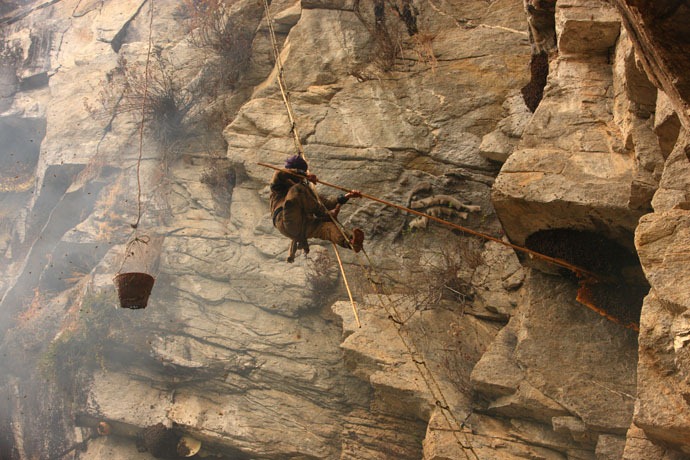
But the harvesters know what they have to do to provide for their family.

Look at the amount of honeycomb this harvester is working on.
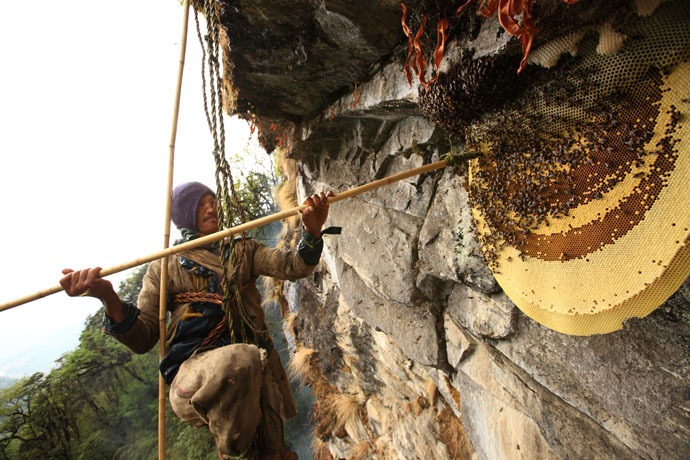
They’ve made their tools by hand so they have exactly what they need. They use the same tools that their ancestors did – hand-woven rope ladders and tangos, the long sharp bamboo poles that they use to cut the honey-filled hives off of the face of the cliff and drop them into baskets waiting below.
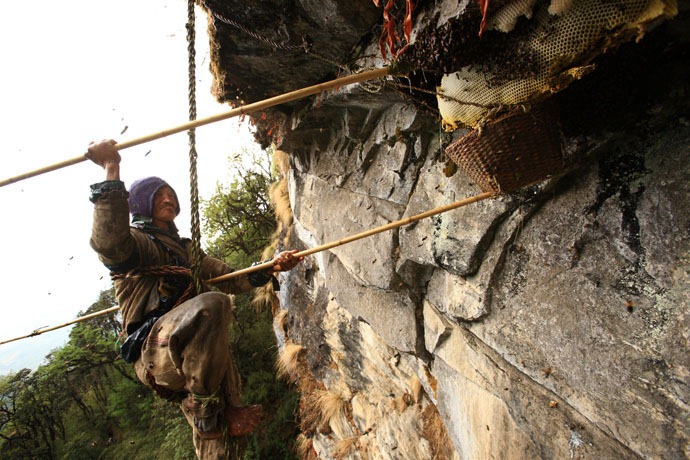
They carve the honeycomb off the mountain, then put it in a basket for its safe decent.
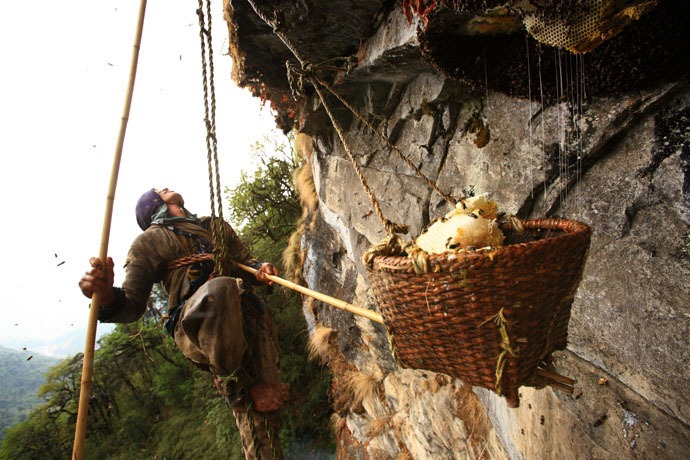
I’m not a fan of honey, but this looks absolutely amazing. And look at the backdrop behind him. It’s gorgeous!
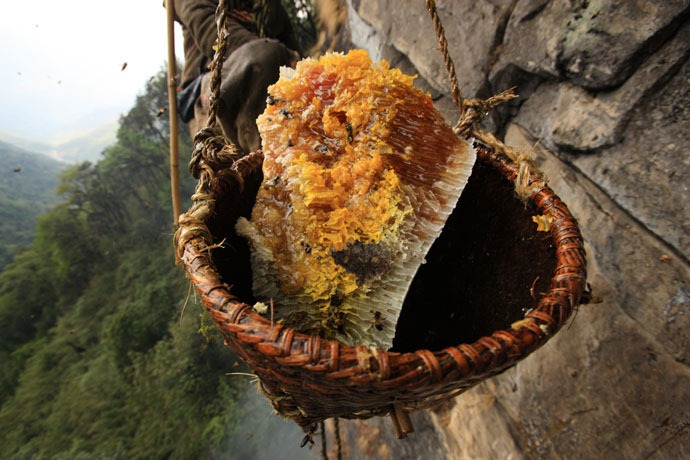
This would definitely be something amazing to see in person.
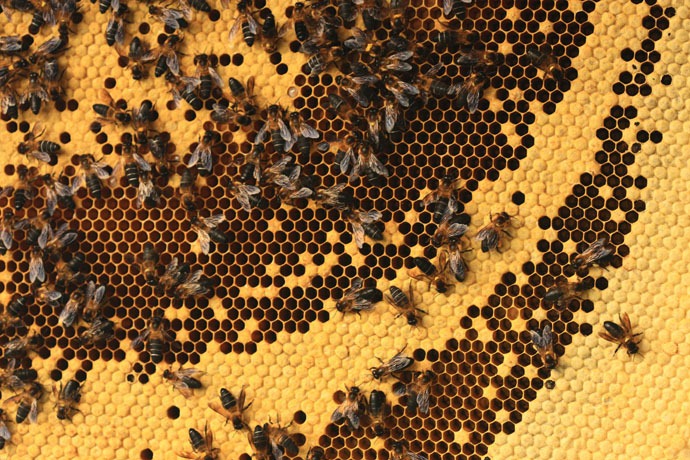
These harvesters work hard for their money, but luckily they only have to harvest twice a year.
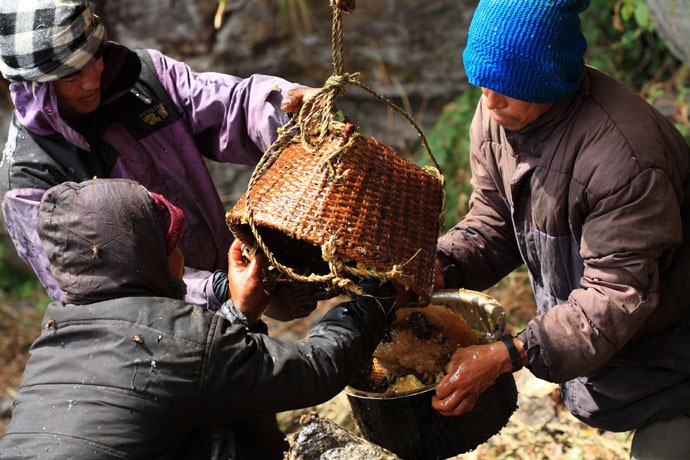
The amount of skill and calmness necessary for this task is incredible.
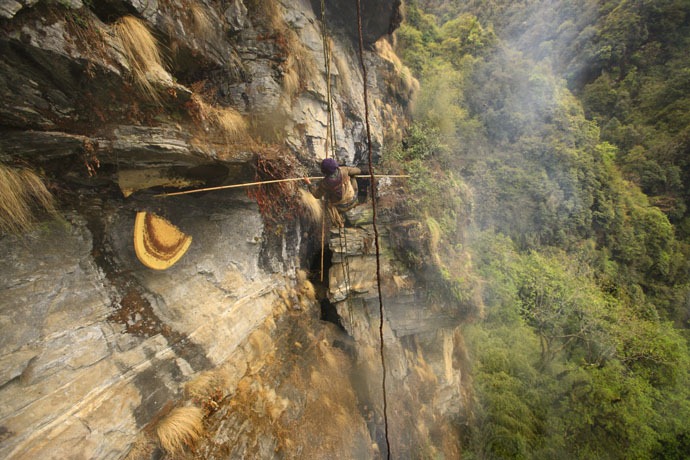
They break apart the honeycomb, and are obviously not all that scared of the bees.
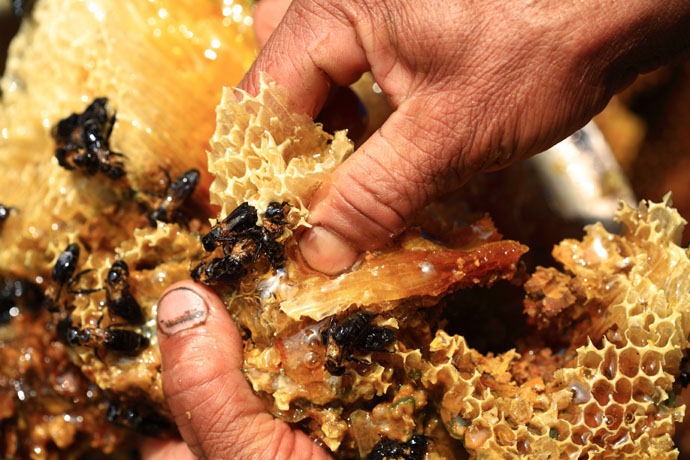
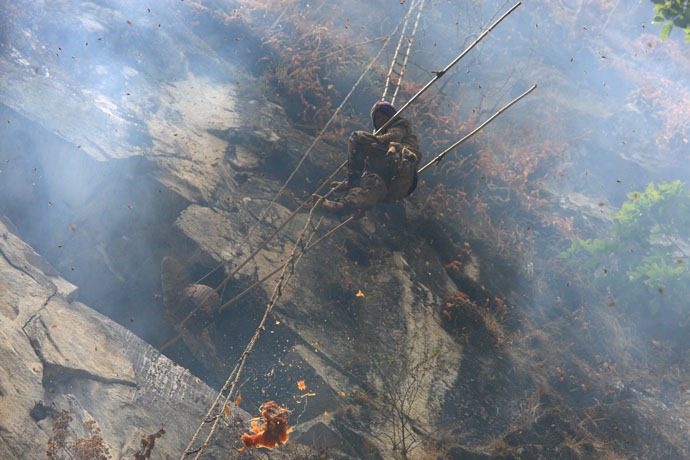
The risk in this job is definitely high, but they understand the risks and respect their surroundings.
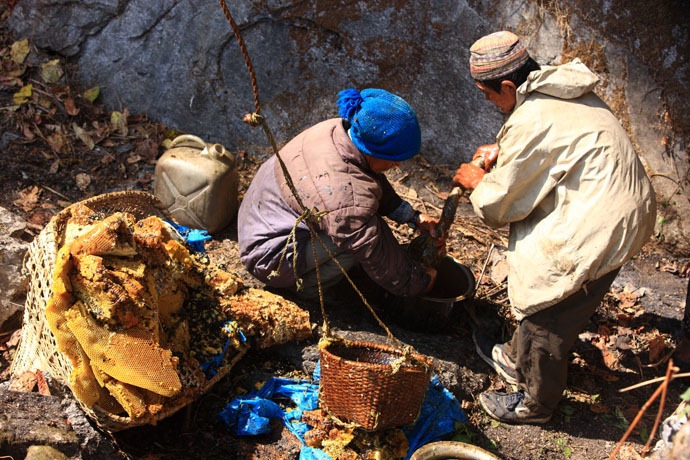
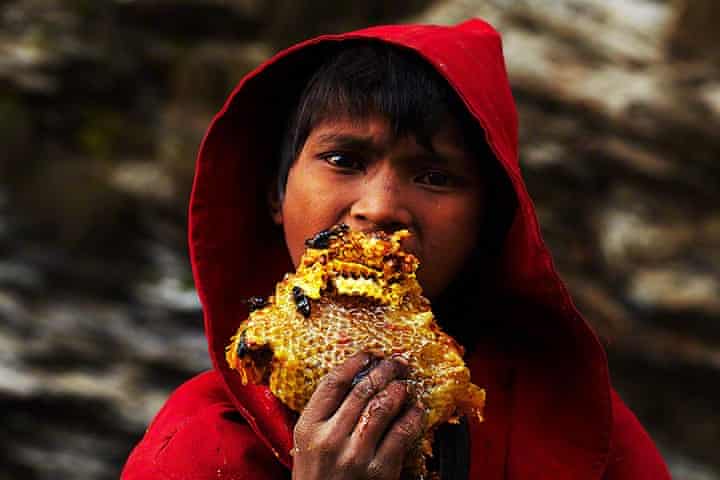
Once down from the mountain, they get to work on the honey.
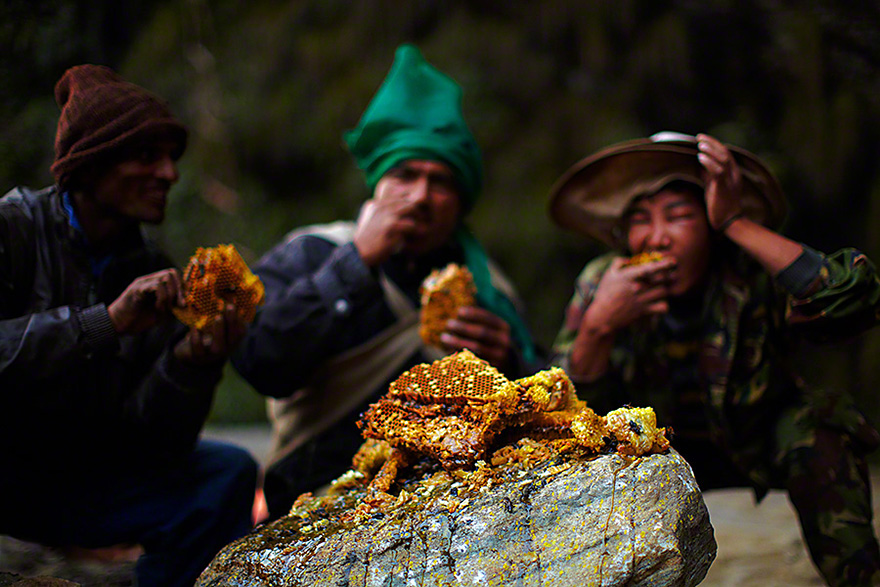
They have large handfuls of honeycomb now!
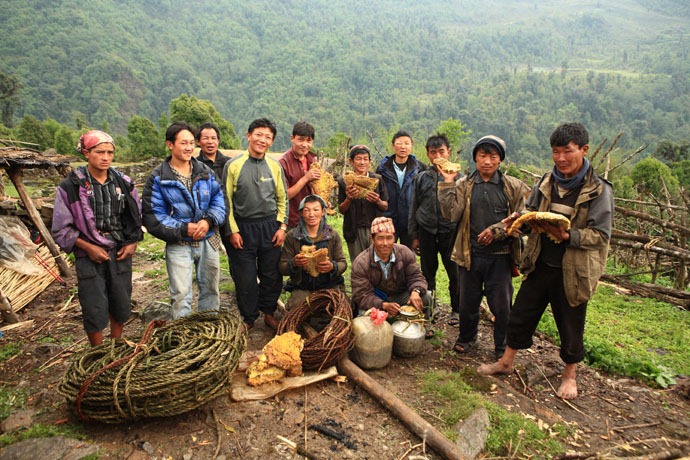
H/T
Honey hunting is among the oldest known human activities. There is an 8,000-year-old cave painting in Spain that portrays a man climbing vines to collect honey. This group of harvesters really do work hard for their money, but being a harvest or a farmer is a very rewarding job. You know you are going to work hard, and sometimes the rewards aren’t as great as others, but you continue to do it year in and year out to provide for not only your family, but your community as well. I have to see this in person! Let us know your thoughts in the comments below.
